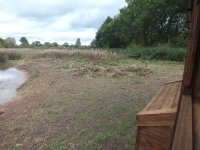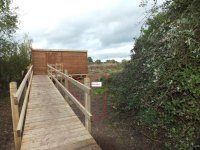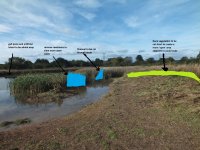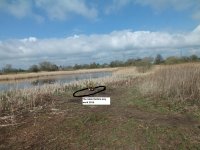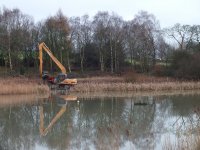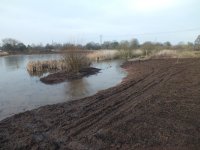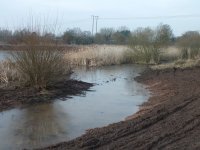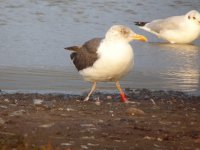upstarts1979
Well-known member
Birding Flashes
The gull roost was slow to build up but once it started it continued until dark.
It appears that the BHG are not feeding as locally this year , as many large groups come in high from the south as do the large gulls...but they always did so.
This lack of local feeding is probably the reason for lower than normal roosting numbers of BHG and it's the first autumn that they have been outnumbered by 'large' gulls.
The gull roost was so extensive tonight that it covered the whole of the 'central' area half of the 1st flash and mist of the 2nd Flash. The 3rd flash was full of geese , so there wasittle space for duck and waders. There were at least 4 Yellow legged gulls amongst the gulls and herring gulls were in the majority with about 55% of the large gulls.
Species Count FLASHES:
Teal 30. Shoveler 45. Greylag 50+ canadas 300+. Coot 27
Green sand 2. Lapwing 150. Curlew 13.
Yellow legged gull 4. Common gull 2 (ad+1st w). BHG 1400. Herring 1200. LBBG 1100.
Stock dove 30. Jackdaw 180.
Pied wag 12. Starling 20 circling before roosting closeby.
The gull roost was slow to build up but once it started it continued until dark.
It appears that the BHG are not feeding as locally this year , as many large groups come in high from the south as do the large gulls...but they always did so.
This lack of local feeding is probably the reason for lower than normal roosting numbers of BHG and it's the first autumn that they have been outnumbered by 'large' gulls.
The gull roost was so extensive tonight that it covered the whole of the 'central' area half of the 1st flash and mist of the 2nd Flash. The 3rd flash was full of geese , so there wasittle space for duck and waders. There were at least 4 Yellow legged gulls amongst the gulls and herring gulls were in the majority with about 55% of the large gulls.
Species Count FLASHES:
Teal 30. Shoveler 45. Greylag 50+ canadas 300+. Coot 27
Green sand 2. Lapwing 150. Curlew 13.
Yellow legged gull 4. Common gull 2 (ad+1st w). BHG 1400. Herring 1200. LBBG 1100.
Stock dove 30. Jackdaw 180.
Pied wag 12. Starling 20 circling before roosting closeby.
Last edited:








